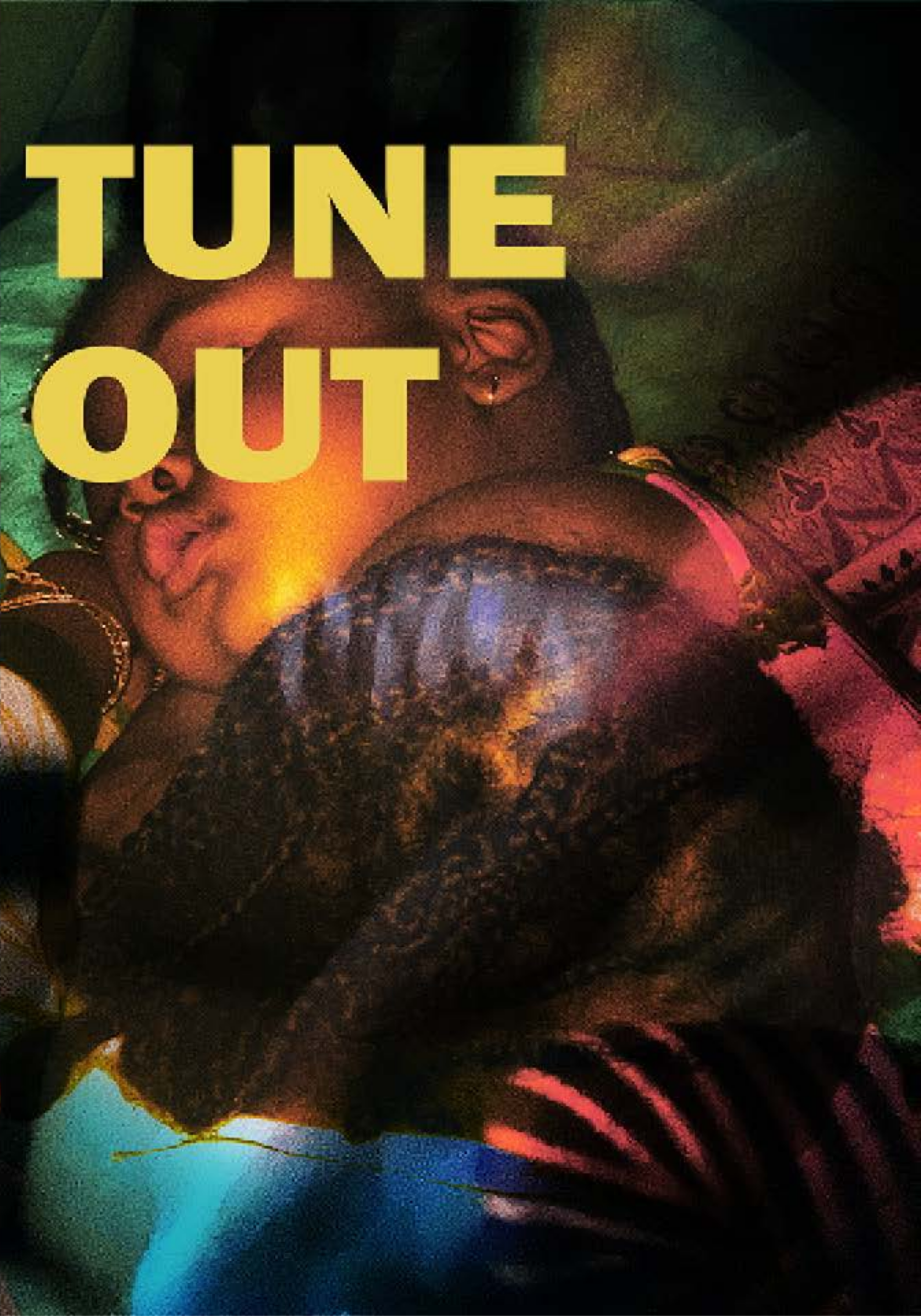Elaboration about the HSAD, TAAS, and MGG EDU Programming
Act Two: Elucidation
A collaborative project bringing together Alena Marchak, Andrew Bencsko, and Nato Thompson to explore the role of arts education in shaping lives, building community, and cultivating creative practice.
Produced and Moderated by Saul Applebaum
Lorem ipsum dolor sit amet, consectetur adipiscing elit. Integer bibendum mauris sollicitudin ante auctor, quis eleifend enim dignissim. Donec blandit turpis vitae commodo tincidunt. Suspendisse et mattis orci. Curabitur sit amet mauris ultrices, imperdiet purus eget, tempus felis. Donec suscipit ligula sed lectus scelerisque fringilla.
Saul Appelbaum: Alena and Andrew, will you give an introduction to what the workshop you did about Sol Lewitt’s artist books where the students made zines?
Alena Marchak: Marian Goodman, before she started the gallery, owned Multiples Inc. It was from the late '60s to the '90s. She produced small sculptural multiples, but also prints, and then artist books. She made a number of artist books with Sol LeWitt. For the workshop we looked specifically at his book Autobiography, which was an artist's book where he took black and white photos of his studio and home. They’re in a grid, of course. It’s these close-up shots of bits and pieces in his studio. But together, it tells a story about who he was, his interests, where he's been, and all these different things. That informed what the students ended up doing. We really wanted to do it because it was during COVID lockdown and they were stuck inside. We wanted to impart that art can be anything. You can look around your room and it can be whatever you want it to be. You do not need to have a huge studio, you do not need to work with marble, you do not need canvases, etc.
AM: We wanted them to feel empowered and creative with whatever they had at home.
SA: That stood out to me in your curriculum. There is something powerful and beautiful in that.
AM: Yeah, to see how the objects you choose to surround yourself, describe in some ways who you are, and they can create a portrait without for instance painting a portrait of yourself. Some of the students use music also.
Kat Glass, Zine page 5
“A lot of people don't think much about the heavy amount of conceptual and abstract development that goes in the early stages of quality design.”
Andrew Bencsko: Yes. They created a playlist of songs that they were listening to consistently. The songs that got them through the day.
SA: A lot of people don't think much about the heavy amount of conceptual and abstract development that goes in the early stages of quality design. Closely looking at and thinking about visual art helps with this so it’s great to give students a space to think about art, and to also do design projects derived from the art itself.
AB: With the zines and the multiples, Alena opened us up to other types of work like Lewitt’s photography with windows that he captured in his home and the book he created with a record of all his belongings. Another artist that the Marian Goodman Gallery represents is Gabriel Orozco. It was also fascinating that he's an artist who has no permanent studio. The studio is wherever he goes. I love bringing those kinds of mindsets into teaching and our workshop zines. So here we are in the middle of COVID lockdown seeing students in a video conferencing interface, and I'm just seeing a bunch of heads, but really, most of them were just a generic icon with their username on it. I didn't see half of my students. It was a little bit like when life gives you lemons, make lemonade. And in the end, we ended up making a lemon mustard pie and all these wonderful things. So when we’re trapped, we have to pivot and think fast.
AB: For the zines I would give them an abstract premise. The first one was wilderness. Imagine you're three inches tall and you just entered your bedroom that you've been confined to now for months, look at it from different eyes, and then record it. The next one was about windows. Think about and imagine what it means to look outside, maybe looking through beautiful windows in Italy. But now you're trapped inside, looking out, and trying to get to the outside world. There were challenges in this with students saying, ‘I have two windows in the apartment and they face a brick wall. And I respond with ok, so windows are about transparency, but also reflection. Can you get pictures of reflections? The final prompt was to ask who I am. I wanted them to record objects that were important to them. Then they were to bring all of this together to tell a narrative about this experience. They memorialized this horrible experience, and in the end, they ended up with some really beautiful zines that they may have forever, which is cool.
Nato Thompson: I grew up with art, but I always hated it in high school because I thought it was bourgeois. I loved music culture like punk rock. Music was always my entry point to culture. I remember there's this book by Greil Marcus called Lipstick Traces that talked about situationism and punk rock. It was the first time that I recognized that art could be Punk? And then I saw a catalog by Paul Schimmel for the show Out of Actions, which was about all of this badass performance art from the '60s and '70s. Chris Bird’s art blew my mind. And I said, wait a minute. That's allowed to be art? A light went off in my head. It also didn't look expensive. It looked like something I could do in my living room. For kids, some worry that art's for adults that have money. I remember feeling tangibly there was a world out there that I was not invited to, and I put art in that category for a long time.
Rayelle Lennard, zine
Rayelle Lennard, zine
NT: These kinds of assignments that have prosaic qualities of the world and are expressed in zines communicate the idea very well that you can do it yourself. It is really cool. It's very liberating.
AB: In the end, they're doing something expressive. They're using a form that was much more geared toward a counterculture or a means of getting the word out for civil rights, Black Panthers, and gay lesbian rights and so forth.
I found out that half of my student population is living below a poverty level. I would not know this otherwise just by seeing them and based on their talent. I want them to go to institutions and places like Marian Goodman Gallery and feel this belongs to you. You have the opportunity.
AB: You belong here as much as anyone else does. You may not be able to afford to collect the art, but you can go. You can be a part of this scene. You can see these things. You can be a part of this culture because this is happening in your home, New York City. So I think that's key to break those boundaries. It's not for an exclusive group of people.
SA: Nato, your core course for TAAS is called Making a Life of Art. It feels similar to this idea of Sol Lewitt documenting and making art books from his immediate surroundings. It seems to be in part the focus in some of the other instructors’ courses too. Will you tell us more about this?
NT: We have a great roster of instructors that come and go, anyone from Guadalupe Maravilla to Janine Antoni, Jeremy Deller, etc. Great crew, great people, great artists. It’s people that have a certain embodied conviction about the arts beyond their art making. They live their practice. Sometimes what an artist does is more than make art, they demonstrate a way of being in the world that's inspiring. It’s something about the way they make life choices, how they spend their time. It's different. But I also feel like Greg Chalet has a phrase. I got two things about this. One, Greg Schiller has a book called Dark Matter, and it talks about 99.9% of the art world that no one sees, just like the idea of science of dark matter. If you look globally at how many people self-identify as an artist, the numbers would be shocking.
NT: It's art that's more of a spiritual calling than a vocation. Many of them have a deep discomfort of saying they're an artist at dinner with family because people think, oh, you're unemployed. What do you do? They just move on. The ability to say I’m an artist with conviction is one of the things we work on. But to say that with conviction means you have to be okay not making lots of money and not getting approval from society. The only way you get through that is with a community. Making a life of art is also about feeling okay by being on the periphery.
And simultaneously, there's just the same in terms of subject matter, the prezé. We had an assignment that was made by this incredible filmmaker named Harun Faroukhi and another artist [ASK NATO FOR THE NAME OF THE ARTIST].
NT: It's about documenting labor. The assignment was to take a video camera and for one to two minutes record someone doing paid or unpaid labor. You cannot edit. I asssign this in my class every time. And you know why? People come back with some of the best art from it. Why? Because it’s just like bad poetry. Everyone's talking about the ocean, time, and memory and all these big metaphors. But when you make someone video something in their life that's about money, labor, etc. then suddenly reality comes through that lens. One student recorded his grandma washing the dishes in their house, and it was one of the most evocative one minute films I'd ever seen. Suddenly, the things they think are boring in their life come shooting into the camera. Part of art is to tell people my life is real. In doing that, it tells other people their life is real. It's in tune with Martha Rossler’s Semiotics of the Kitchen. Whether it's about gender, feminism, race, these things are really powerful for people.
NT: So part of making a life of art is to also make real the hard domestic lives that we lead. In many ways, it allows you to be an artist, even if no one else other than your community tells you you're an artist. To make a life worth living as an artist is about being of with a nontraditional life, to buck against the system.












